Cathedral of Our Lady of the Angels
Crypt mausoleum in cathedral's basement contains relics of third century Roman martyr, Saint Vibiana.
The Cathedral of Our Lady of the Angels is a 58,000-square-foot complex designed by Spanish architect, Rafael Moneo. Also known as the Los Angeles Cathedral, the building opened in 2002 in order to replace the Cathedral of Saint Vibiana, which was severely damaged during the 1994 Northridge Earthquake. Both buildings stand as a monument to Saint Vibiana, a third century Roman martyr and patron saint of Los Angeles.
The cathedral was designed in an unusual postmodern architectural style and features a minimal display of right angles, appearing more like an imposing fortress than a welcoming place of worship. Cardinal Roger Mahoney, the cathedral’s archbishop, received much criticism for wanting to build a cathedral in such an appearance and scale. Many critics believed that plans for the church were over-elaborate, such as the $3M it cost for the large bronze doors which, instead of displaying biblical scenes, featured symbolic imagery corresponding to Christian mystical numbers.
Nevertheless, Cardinal Mahoney had grand visions for the cathedral. With the themes of “Light” and “Journey” in mind, architect Moneo incorporated large windows made of Spanish alabaster into the interior. As such, the cathedral is said to feature the largest use of alabaster in the United States. Cardinal Mahoney also budgeted $5M for a Rosso Laguna marble table, $1M for the cathedra, and $2M for the wooden ambo. If that weren’t enough, the cathedral itself was also purposely built to be 333 feet long, just one foot longer than St. Patrick’s Cathedral in New York.
The lower level of the building is no less elaborate. A light-filled and modern mausoleum featuring 6,000 crypts sits in the cathedral’s basement. A number of prior bishops and archbishops have been buried there, and Academy Award winner Gregory Peck is also interred in this sumptuous crypt. Today, vaults are available to members of the church. The mausoleum features stained glass windows from the original cathedral and Judson Studios, one of the oldest liturgical studios in North America.
Of the entombed, the most notable is perhaps Saint Vibiana, whose relics were discovered in Roman catacombs in 1853. Aside from deducing that she had lived during the third century, not much else is known about the life of young Vibiana. Her body was laid to rest with nothing but a vial of blood, a laurel wreath, and a tablet that read: “to the soul of the innocent and pure Vibiana.” In 1854, Vibiana was designated the title of “virgin martyr” and an annual memorial feast was granted in her honor.
Community Contributors
Added by
Edited by
Plan Your Trip
The Atlas Obscura Podcast is Back!



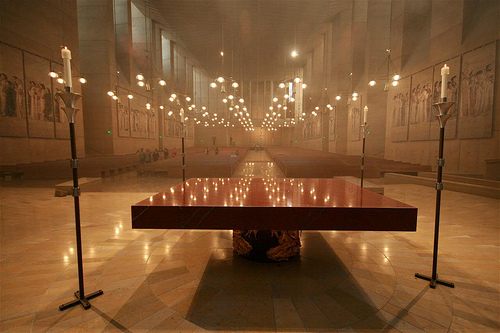
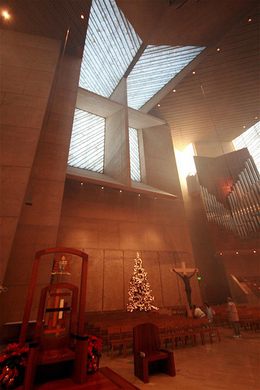
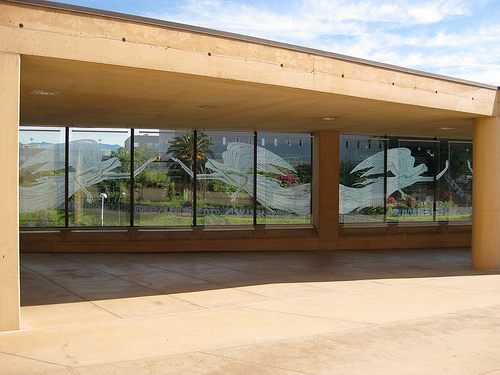
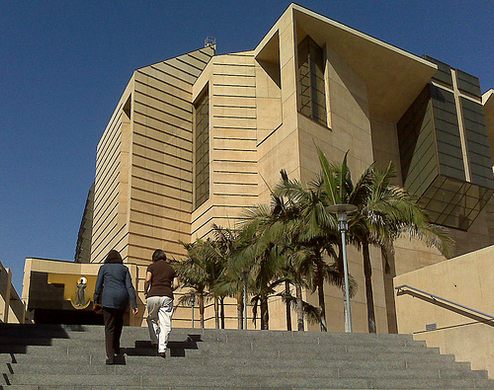





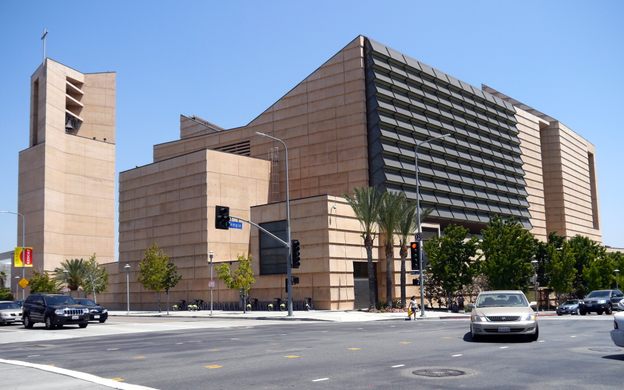





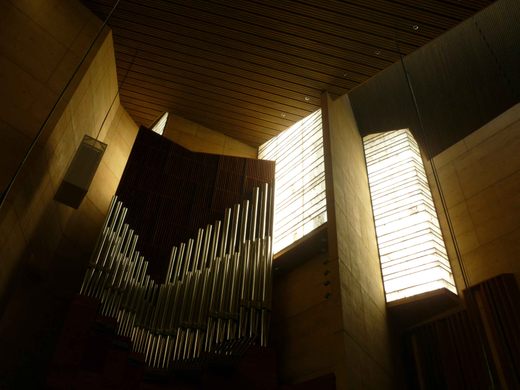














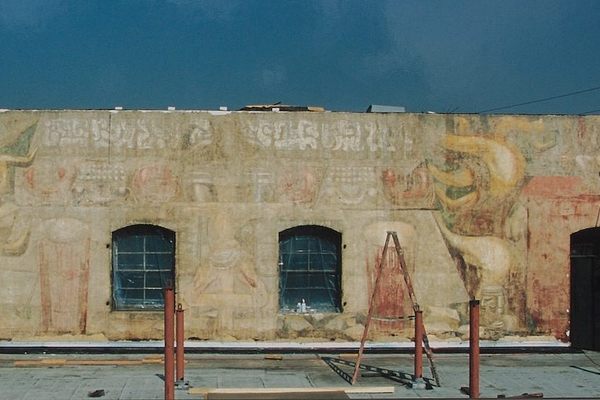



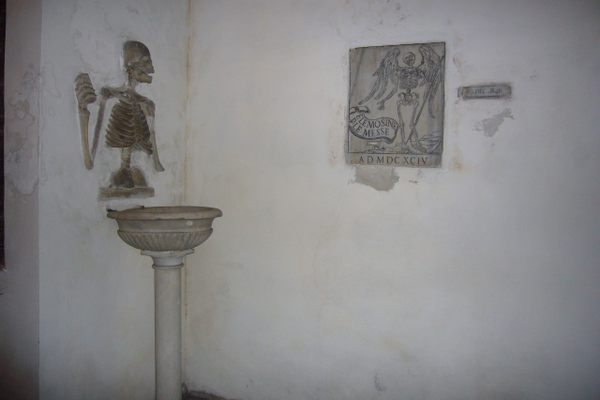

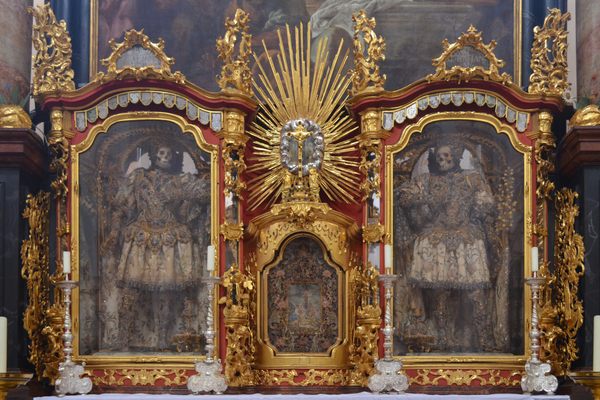
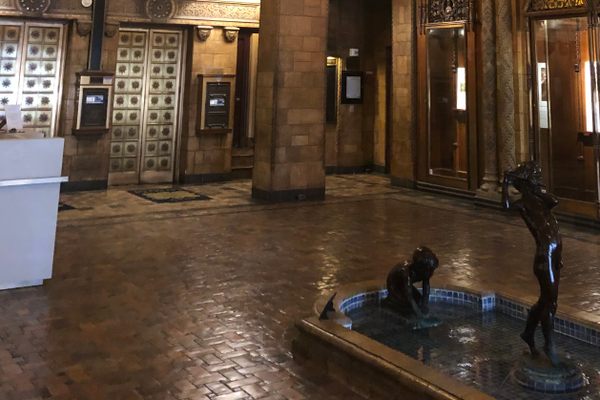

Follow us on Twitter to get the latest on the world's hidden wonders.
Like us on Facebook to get the latest on the world's hidden wonders.
Follow us on Twitter Like us on Facebook